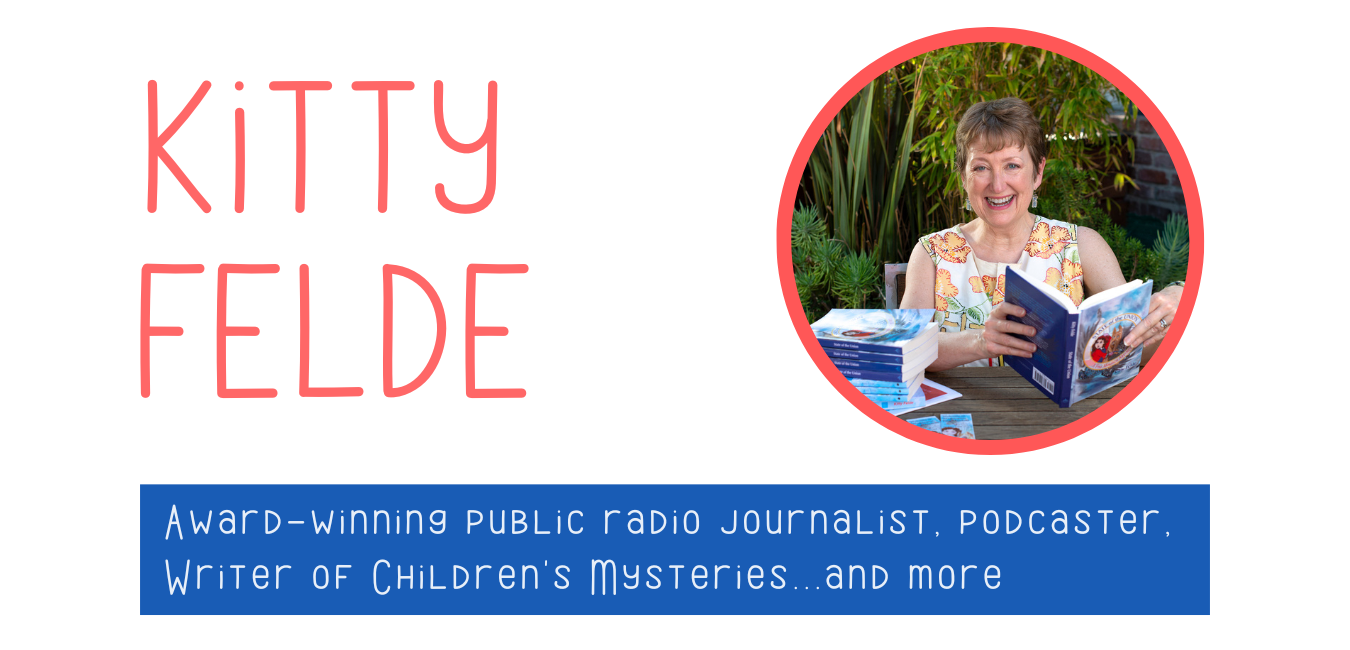Who Are Your Fans?
There's a relief pitcher in Washington D.C. with a trio of unlikely fans.
A trio of teens from Louisville traveled to Cincinnati to root for Washington National right-hander Derek Law as a result of a glitch in a video game. (Too complicated to explain the video game part of the story: read the article if you really want to know about "Real 99's" and the peculiar fantasy baseball games.)
The story of their fandom and the face-to-face meeting with the object of their devotion touched my heart - and that pitcher reminded me of us as writers.
Law is what's called a "middle reliever," a major league pitcher who comes in from the bullpen in the middle of a game. His job is to keep too many runs from scoring until the late innings when the superstar closer comes in to finish off the game and secure the win.
Middle relievers mostly labor in obscurity. Nobody gives them a nickname like "The Vulture" or "The Mad Hungarian" or "The Monster." Half the stadium has to check the roster to make sure they're spelling his name right in their scorebook. But middle relievers put in the hard work every single day, throwing 100 mile per hour pitches to coaches, stretching and running around in the outfield before every game, getting ready mentally to come in with three men on base and now outs, whether or not they are called upon to show off their stuff.. Mostly, they sit and wait.
Just like writers.
So when three teenagers from Kentucky showed up at a game between the Cincinnati Reds and the Washington Nationals wearing Derek Law jerseys, the reliever took notice. He sent them tickets, autographed every item they handed to him, and put his hat over his heart to show his appreciation. Mr. Anonymous suddenly found his people.
I had a similar experience last weekend when a 4th grade reading group invited me over to talk to them about my Fina Mendoza Mysteries.
These kids somehow stumbled across my book series about the adventures of the 10-year-old daughter of a congressman from California who solves puzzles inside the U.S. Capitol. Their mom contacted me to tell me how much they liked my books. Then, they showed up en masse at a bookstore where I did an event.
Two of them dropped by my booth at the LA Times Festival of Books last month for autographs and pictures, tearfully telling me that I was "their favorite writer in the whole, wide world."
And finally, I was invited over one Sunday afternoon for donuts and cucumber slices to answer all of their questions about Fina. I felt like a star. But more importantly, I felt like the small pebble I'd dropped into the pond, trying to educate kids about American democracy through writing about Fina Mendoza and her adventures on Capitol Hill, had splashed on a distant shore. The books had made a difference in the lives of kids. Not a nation of children. Yet. But this handful of fans believed in me.
None of us may win the Pulitzer for Drama or see our latest play on Broadway. That doesn't mean our work isn't important to the world. It is.
Just because "The New York Times" doesn't review our comedy, that doesn't mean we don't have fans. We do.
Think of the people who support us in our work: our critique partners, our favorite theatre company, our mom. These are our fans, the ones who "get" us and recognize the important work we do. We may not have that funky nickname or memorable walk-up music, or get a tub of Gatorade dumped on us. But we do have fans who support us and think we have value to bring to the world.
Find those people. They will sustain you during the tough times, the months of writers block, the way-too-many rejections. They might even tell you that you're their favorite writer in the whole wide world




